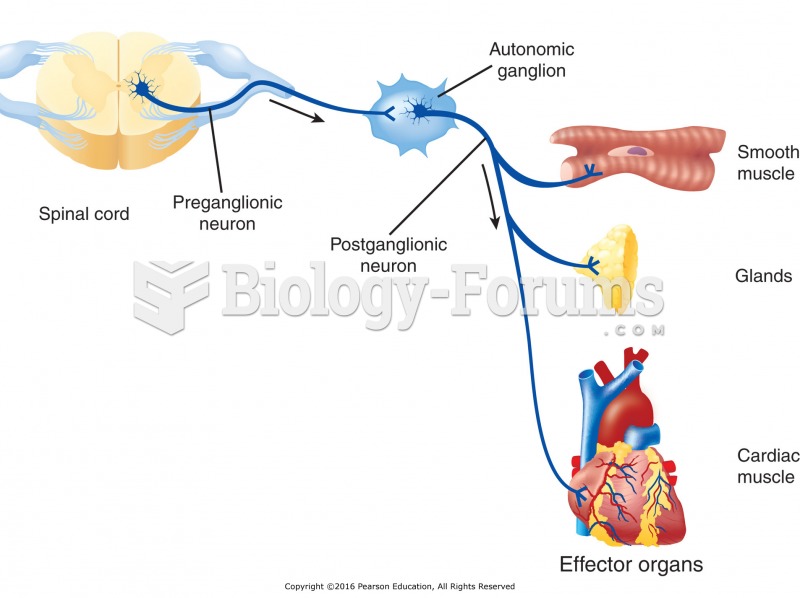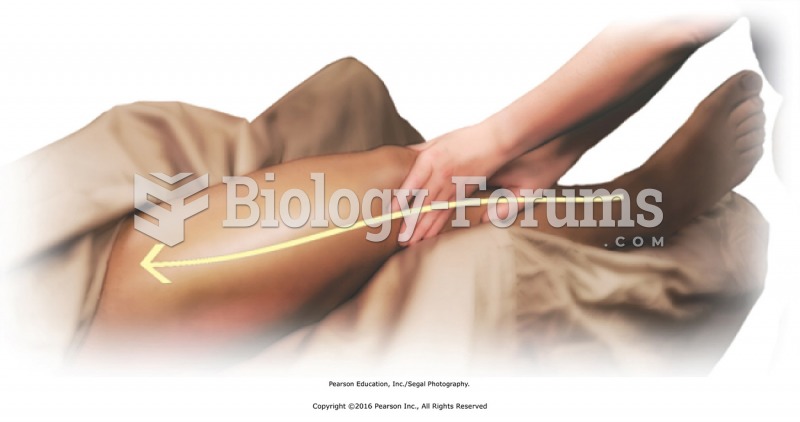Answer to Question 1
The postmodern style affected architecture as well, with designs that emphasized visual complexity, individuality, and outright fun. In contrast to the machinelike purity of the International style structure, the postmodern building is a playful assortment of fragments quoted from part architectural traditions. The popular architect Frank Gehry, a good example of the style, rejected Classical design principles of symmetry and stability, developing a vocabulary of undulating forms and irregular shapes inspired by everyday objects.
Music, too, reflects the stylistic diversity and patchwork aspects of postmodernism. Opera especially combined many influences, often in jarring juxtaposition. For example, John Corigliano's The Ghosts of Versailles takes place in three different (and interlayered) worlds: the eighteenth-century court of Versailles, the scenario of a Mozartean opera, and the realm of the afterlife. The score, too, commingles traditional and contemporary musical styles, alternating pseudo-Mozartean lyricism with modern dissonance in a bold and inventive (although often astonishingly disjunctive) manner.
In dance, choreographers such as Mark Morris, set their pieces to any number of musical styles: Mozart, dance-hall, rock, jazz, hip-hop, among many others. Morris, with comic wit and a reverence for technique, often challenges ballet's gender conventions, assigning male dancers body movements traditionally consigned to females.
Answer to Question 2
The visual arts in the information age have been the visual arts have been overwhelmingly diverse in style and technique. Collectively, they are characterized by an indebtedness to mass media and electronic technology, by an emphasis on process and medium, and by postmodern parody and irony.
Pop art, the quintessential style of the information age, embraced the imagery of consumerism and celebrity culture as mediated by television, film, and magazines. Its subject matter, while rendered in an overtly realistic style, was filtered through the prism of commercial advertising.
Assemblage, a term used for art that combines two- and three-dimensional elements, evolved to new extremes in the twentieth century. American artist Robert Rauschenberg assembled old car tires, street signs, broken furniture, and other debris, blurring the boundary between painting and sculpture. His sly juxtaposition of familiar found imageslike the visual scramble of postmodern channel-grazinginvites viewers to create their own narratives.
Minimalism was an American style that evolved from abstract expressionism. Minimalist sculptors developed a refined industrial aesthetic that featured elemental forms made of high-tech materials. The geometric components of minimalist artworks are usually factory-produced and assembled according to the artist's instructions. Minimalist sculpture often creates a dialogue between space and volume.
Neorealism differs from previous realist styles in its disavowal of narrative content and its indifference to moral, social, and political issues. Although decidedly representational, it is as impersonal as minimal art. Most neorealists do not seek to imitate natural phenomena; rather, they recreate an artificially processed view of reality captured by the photographic image.
Total art emphasizes the process and conception of the work over the resulting art. A manifestation of this style is the Happening, a performance that occurs in a given time and space, as defined by American artist Allan Kaprow. Other works in the total art style are aesthetic transformations of large physical spaces or landmarks, such as projects of Christo and Jeanne-Claude, which only remain viewable for a limited time.
Inevitably, video technology was incorporated into the artistic process. Video art is often incorporated into an installation, as part of a larger piece. One or more screens show video footage that relates in some way to the content of the work. For example, Bill Viola's Stations is a five-channel video and sound installation displaying moving images of the human body underwater.
Answer to Question 3
D







